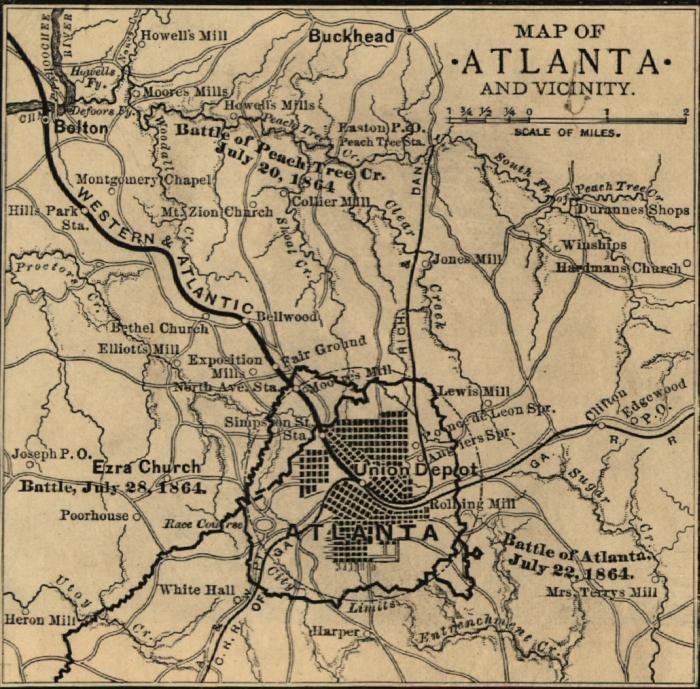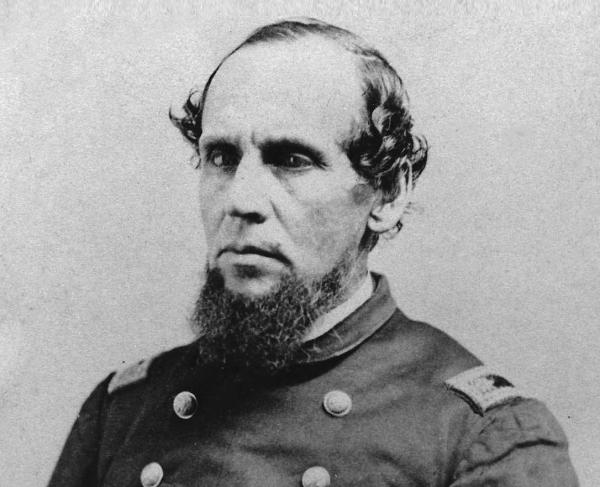Voices From The Storm
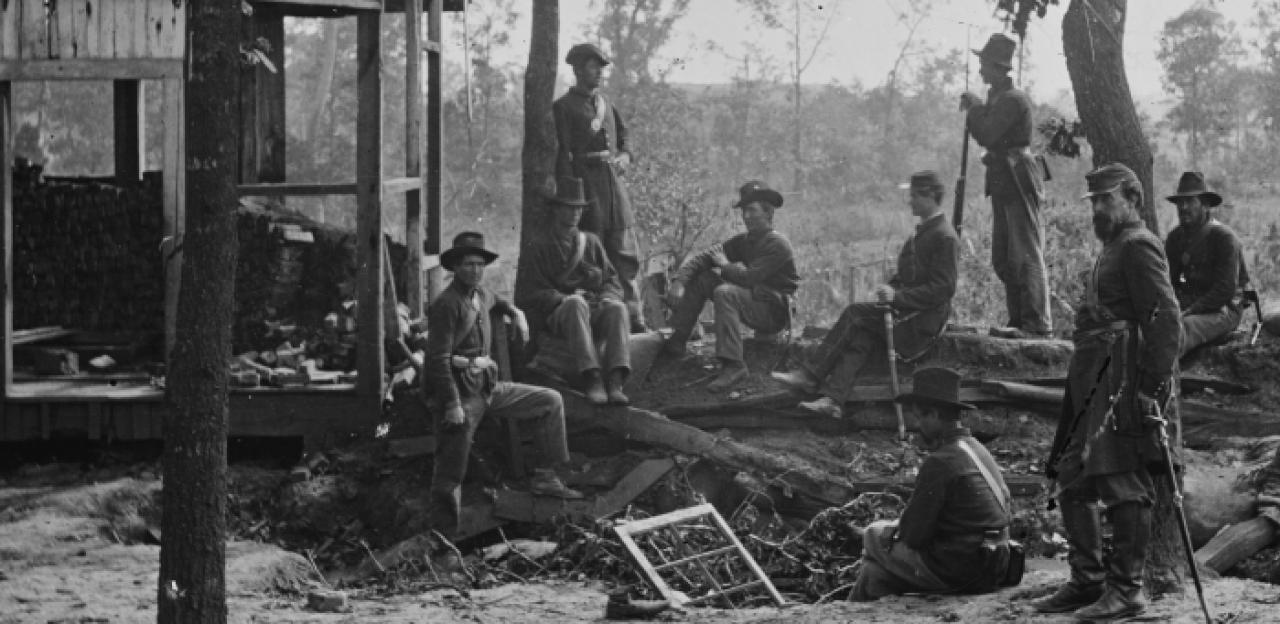
Sam Smith
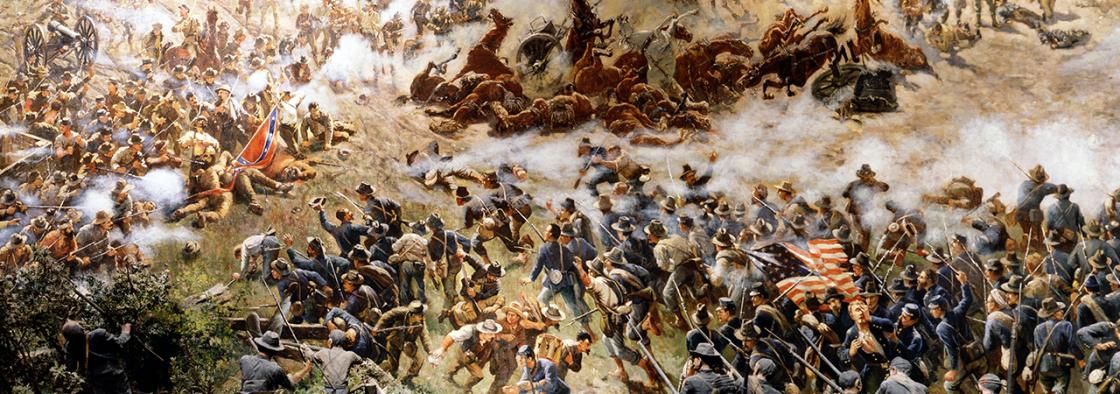
On July 22, 1864, three Union armies were approaching the Confederate stronghold of Atlanta, Georgia.
Confederate General John B. Hood decided to lash out. He believed that on July 22, the men under Union General James B. McPherson's command would be in a vulnerable position, not yet having built field fortifications and being out of supporting distance from the rest of the Union force.
Hood chose to launch a counter-attack in McPherson's sector, hoping to overwhelm the exposed Federals and to force the rest of his foes to retreat and regroup.
A desperate battle ensued. When the sun set on July 22, 5,000 Confederate and 4,000 Union soldiers had fallen. This grim total included McPherson himself, one of only two Union army commanders killed during the war. McPherson's men barely held the line. Nevertheless, Hood's gambit was repulsed, and the Confederates withdrew to the Atlanta fortifications.
In the following passages, participants recount their experiences on that bloody and fateful day, in which the tide of the war may well have been turned at the gates of the Confederacy's most vital industrial center.
1) Lieutenant Edmund Nutt of the 20th Ohio Infantry was eating breakfast when the unexpected Confederate attack struck his position.
"It was a hot day. The men were playing cards and lounging in the shade, and the camp was quiet as the calm before a storm when "Whang!" went a musket shot, apparently about a quarter of a mile south and east....
"The men rushed to and fro...grasping muskets and forming in line...ping! whing! thud! from left and rear, striking our line on the end...Those not killed or wounded were falling back, loading and firing in retreat. Their position between us and the advancing foe prevented me from firing...we were compelled to stand and wait the coming storm."
2) Sgt. John Green of the 9th Kentucky Confederate Infantry expected to fall upon an unprotected Union rear. Instead, he faced a hastily constructed but stubborn defensive line.
"The fence...was too strongly built to yield to our efforts to throw it, so we climbed over. Unfortunately for me when I got over the top rail my canteen...stayed on the other side of the fence while I was held on the yankie's side by the strap of my canteen....I was making desperate efforts to free myself when much to my delight a yankie bullet that stung me on the shoulder cut that canteen strap and left me free to join the other boys in our rush upon the enemy's works....
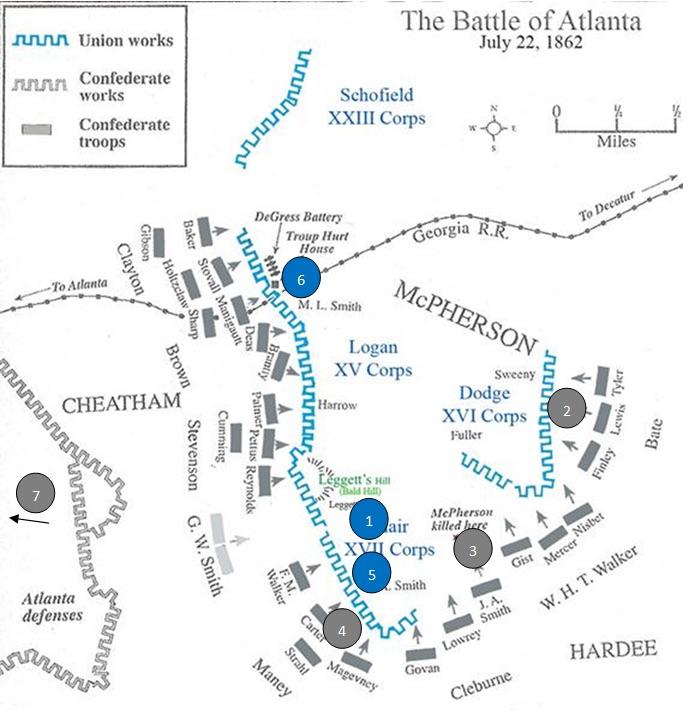
"We drove the enemy out of the first line of their works in our front but they fall back upon the second line....We fell back over the brow of a hill and reformed....As we were hurrying back with grape and cannister and minnie balls pouring in on us and getting some of our men every second I passed by Captain Hewett standing by his dead horse apparently trying to get his saddle off the dead animal and I thought it was the most foolish thing I ever saw for a man to take all that risk for a saddle. That night...he said, 'No indeed I never would have stopped there...but as we were going into the fight one of the boys was about to throw his blanket away...I told him I would carry it on my horse. I had it tied to my saddle and as we were falling back I did not want him to lose his blanket.'"
3) Captain Richard Beard of the 5th Confederate Infantry was nearby when General McPherson was killed. McPherson had rushed into the confused and disjointed Union line in an attempt to better organize the defenders.
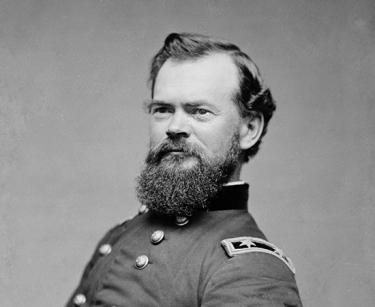
"We ran through a line of skirmishers and took them in without the firing of a gun, and suddenly came up to the edge of a little wagon-road...down which General McPherson thundering at the head of his staff, and according to my best recollection, his body-guard.
"He was certainly surprised to find himself suddenly face to face with the Rebel line. I threw up my sword to him as a signal to surrender. Not a word was spoken. He checked his horse slightly, raised his hat as politely as if he was saluting a lady, wheeled his horse's head to the right, and dashed off to the rear in full gallop. Young Corporal Coleman, who was standing near me, was ordered to fire upon him. He did so, and it was his ball that brought General McPherson down....
"The fatal bullet had done its work well; he had been killed instantly....Right by his side lay a man who, if at all hurt, was but slightly wounded, but whose horse had been shot from under him....Pointing to the dead man, I asked him, 'Who is this man lying here?'
"He answered with tears in his eyes, 'Sir, it is General McPherson. You have killed the best man in our army.'"
4) Private Sam Watkins of the 1st Tennessee Infantry came forward with the second wave of the Confederate attack. He participated in the bloody battle for Bald Hill, the keystone of the Union line.

"Cleburne himself was leading us in person....His sword was drawn. I heard him say 'Follow me, boys.' He ran forward, and amid the blazing fires of the Yankee guns was soon on top of the enemy's works....
"We rushed forward up the steep hill sides, the seething fires from ten thousand muskets and small arms and forty pieces of cannon hurled right into our faces...and piling the ground with our dead and wounded almost in heaps. It seemed that the hot flames of hell were turned loose in all their fury, while the demons of damnation were laughing in the flames, like seething serpents hissing out their rage. We gave one long, loud cheer, and commenced the charge...."
5) Lieutenant Edmund Nutt of the 20th Ohio Infantry participated in a counter-attack that shocked and slowed the second Confederate assault.
"'The sons of bitches are rifling our knapsacks, boys! Let's jump over and go for them! Up and at 'em, boys!'
"Over we went, jumping down on them and mingling with slash and clash. With yells we rushed along the line, taking them in and ordering them over on our side...recapturing our own boys whom they were holding as prisoners....Several of these raids were maid throughout the afternoon, and the intermediate time was occupied in crouching to load and reaching over the works to fire."
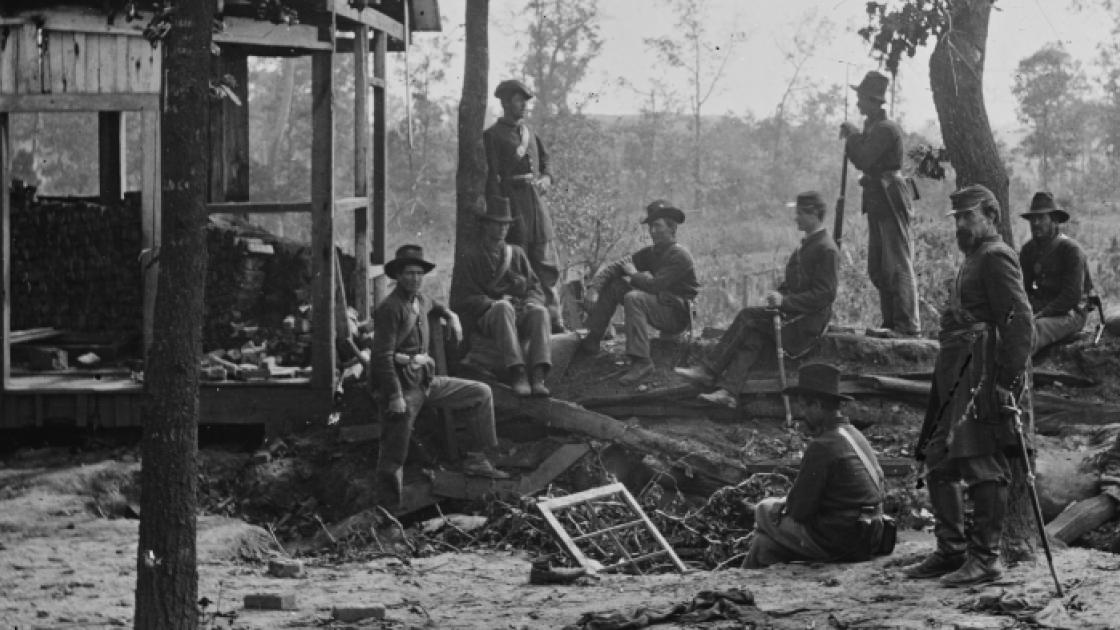
6) Private John Henry Puck of the 37th Ohio Infantry, positioned in a two-story brick house, barely escaped capture as a third wave of Confederates surged towards the Union line. His comrades eventually stopped this final assault.
"One of the boys in the room I was in leaned out of the window in order to see the works below. To his horror he discovered that our boys were gone and the works were full of rebels. Upon learning this fact we hurried downstairs as fast as we could, but upon reaching the second floor we found that rebel soldiers were already in the house and some of them had started to come upstairs....
"The house had five windows on the side we jumped out, and I chose the center window followed by two more boys of my company....
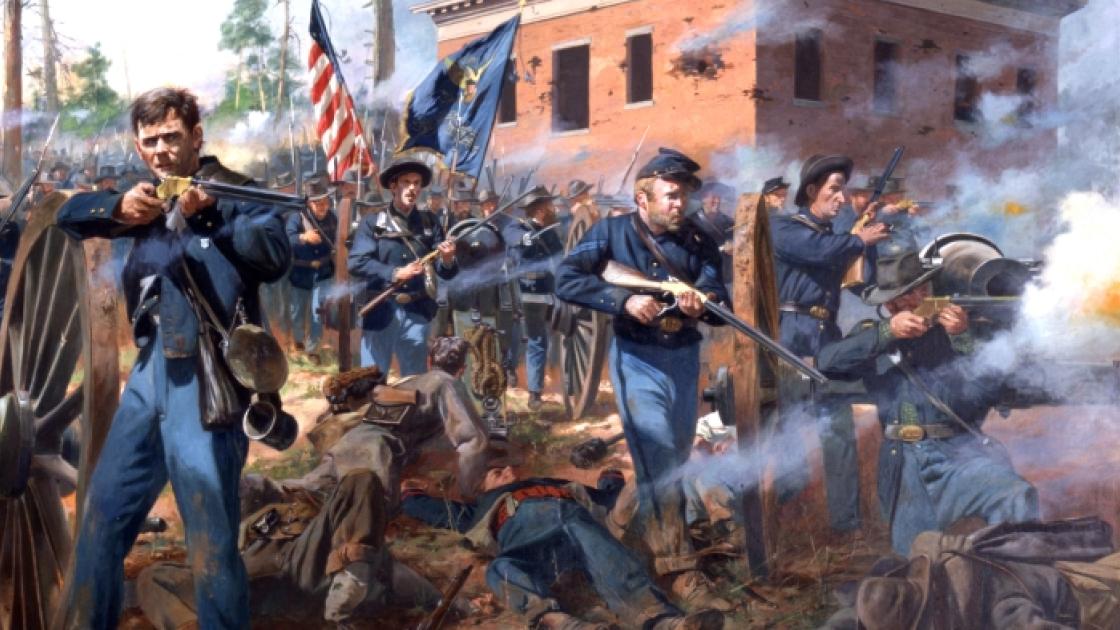
"As I jumped out of the window I came down upon this large pile of knapsacks....As I rose to my feet there were several rebels who commanded me to hoalt. But without taking a second thought I started on a dead run. Better time was never made than I made in that run of perhaps 400 to 500 yards!"
7) Eight year-old Sarah Huff watched as thousands of wounded men were rushed to hospitals around Atlanta.
"Men were clinging to sides of the hospital vans trying to fan away the terrible swarms of flies which hovered over the wounded. My young brother John went into action, as he usually did when he saw a chance to be helpful....Leaping to the side of the slow-moving ambulance, he became one of the most efficient fly-fanners in the procession. He was less than 12 years of age....
"When mother and I walked over the battlefield of July 22 on the day after it was fought over, the ground looked as though it had been plowed up and it was literally red with blood."
The Union men held on despite three powerful attacks and the death of their commanding general. The Confederates would launch five more failed offensives in the next six weeks, but the Union resilience on July 22 did much to ensure the eventual capture of Atlanta on September 3rd.
